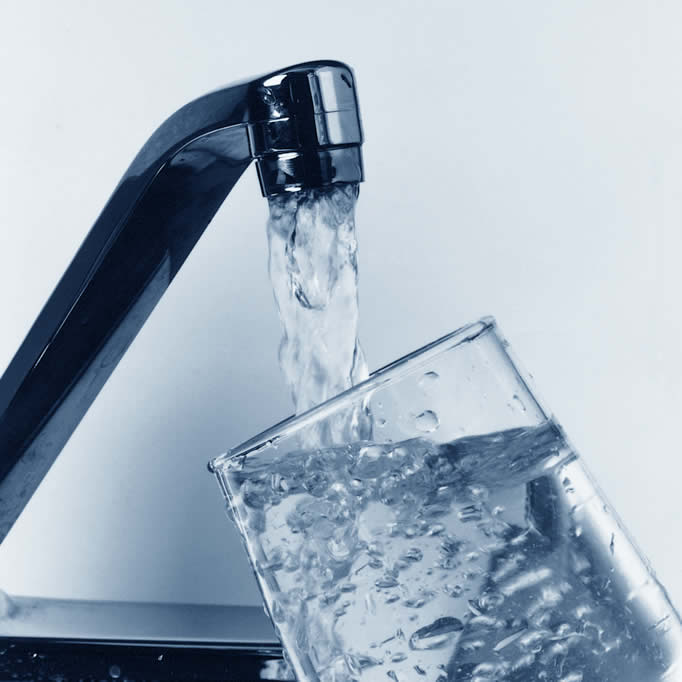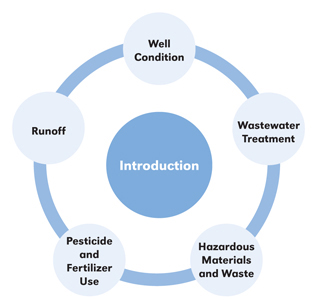If I asked you what public health innovation was responsible for saving the most lives over the last century, you likely might think that antibiotics or perhaps immunizations would be the answer. Fine choices, but the correct answer has to do with the development of clean drinking water. Even now, dehydration and diarrhea are major causes of death in many parts of the world lacking sufficient sanitation. Straight, No Chaser has previously reviewed the Top Ten Public Health Initiatives of the Last Century.
The quality of the water you drink matters. All water is not equal. Contaminated water can lead to diseases of the digestive, reproductive and neurological systems. That’s right, contaminated water can lead to infections from bacteria and parasites, poisoning and other health issues. (Anyone who has ever ingested water from a stream while hiking, camping or fishing and subsequently developed vomiting and diarrhea knows this to excruciating detail; this has also been the source of many infections from cholera and dysentery.) The American public health apparatus goes to great lengths to secure our water supply.
There are many sources of contamination of our water systems, including the following:
- Naturally occurring chemicals and minerals (for example, arsenic, radon, uranium)
- Local land use practices (fertilizers, pesticides, livestock, concentrated animal feeding operations)
- Manufacturing processes
- Sewer overflows
- Malfunctioning wastewater treatment systems (for example, nearby septic systems)
The drinking water in our homes comes from either surface water (that from rivers, lakes, streams and reservoirs) or ground water (that contained in pores and spaces within rocks below the ground. Once water is obtained, it is provided for our use. One fact you should know is that surface water systems are always treated prior to being delivered to our homes for use. Ground water is not always treated. This can have important ramifications for your health. Private wells are examples of ground water that is pumped to the surface and distributed without treatment.
Your probable next question is “How can you know that the water in your home is safe to drink?” Fortunately, we have the U.S. Environmental Protection Agency (EPA). Congress passed the Safe Drinking Water Act back in 1974, setting standards for drinking water and overseeing those responsible for supplying and implementing those standards. The law also protects the sources of our drinking water. This is our defense against the diseases posed by water contamination.
This may all seem very simple, but when you reflect on a century of disease control resulting from successful treatment of contaminated water (including dehydration and diarrhea as the number one cause of death in the entire world), the importance of a clear water supply becomes very apparent. If you have any concerns about the quality of your water supply, call the Safe Drinking Water Hotline at (800) 426-4791.
Thanks for liking and following Straight, No Chaser! This public service provides a sample of what 844-SMA-TALK and http://www.SterlingMedicalAdvice.com (SMA) offers. Please share our page with your friends on WordPress, Facebook @ SterlingMedicalAdvice.com and Twitter at @asksterlingmd.



